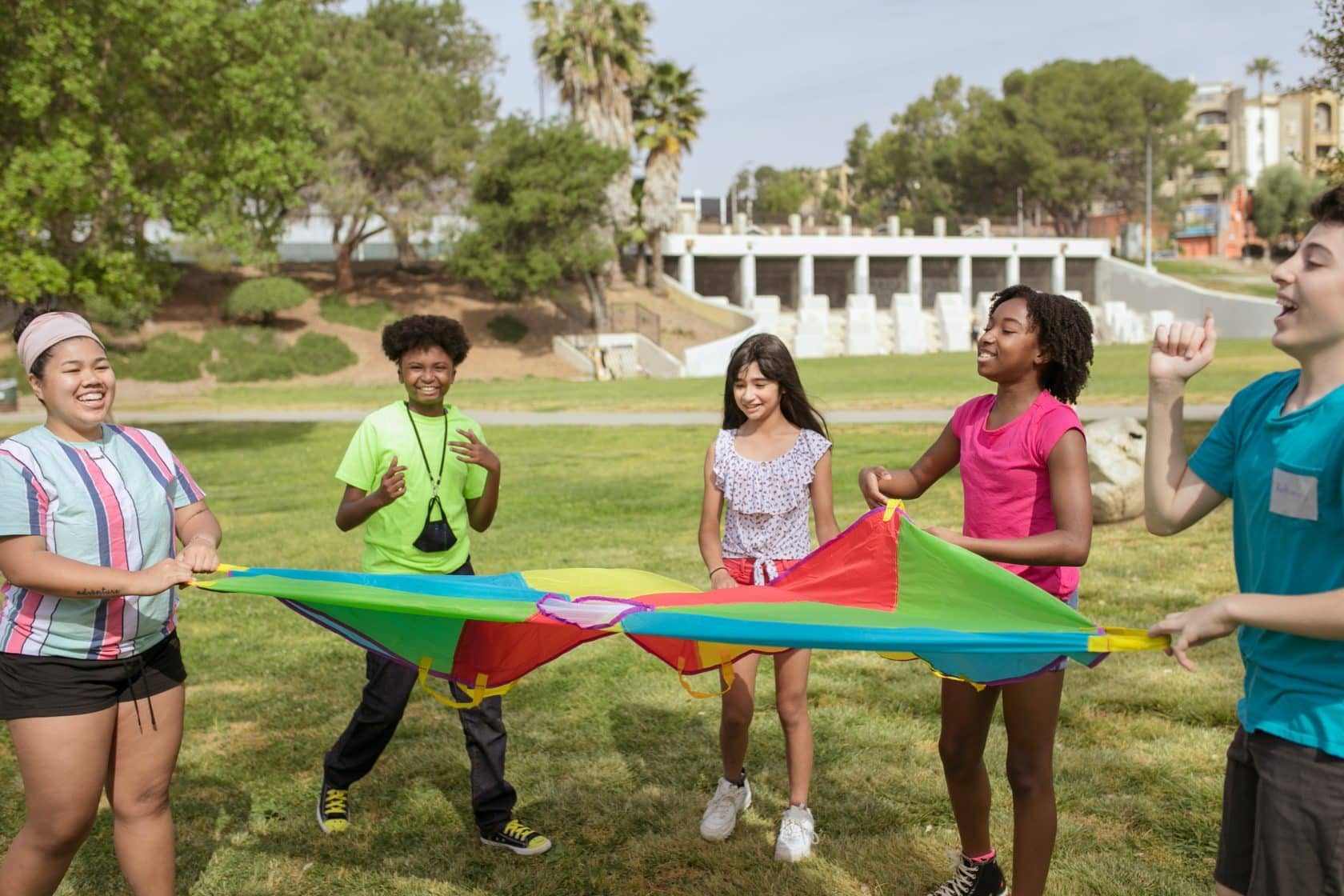Adaptive behavior is how we learn to do things that help us in everyday life. It’s like learning to make friends, care for ourselves, and understand the world. Sometimes, people with special needs might need extra help to learn these skills. That’s okay! With the support of loving families, great teachers, and caring therapists, they can grow and shine like everyone else. We’re all in this together, and it’s awesome to see how we can grow and change!













